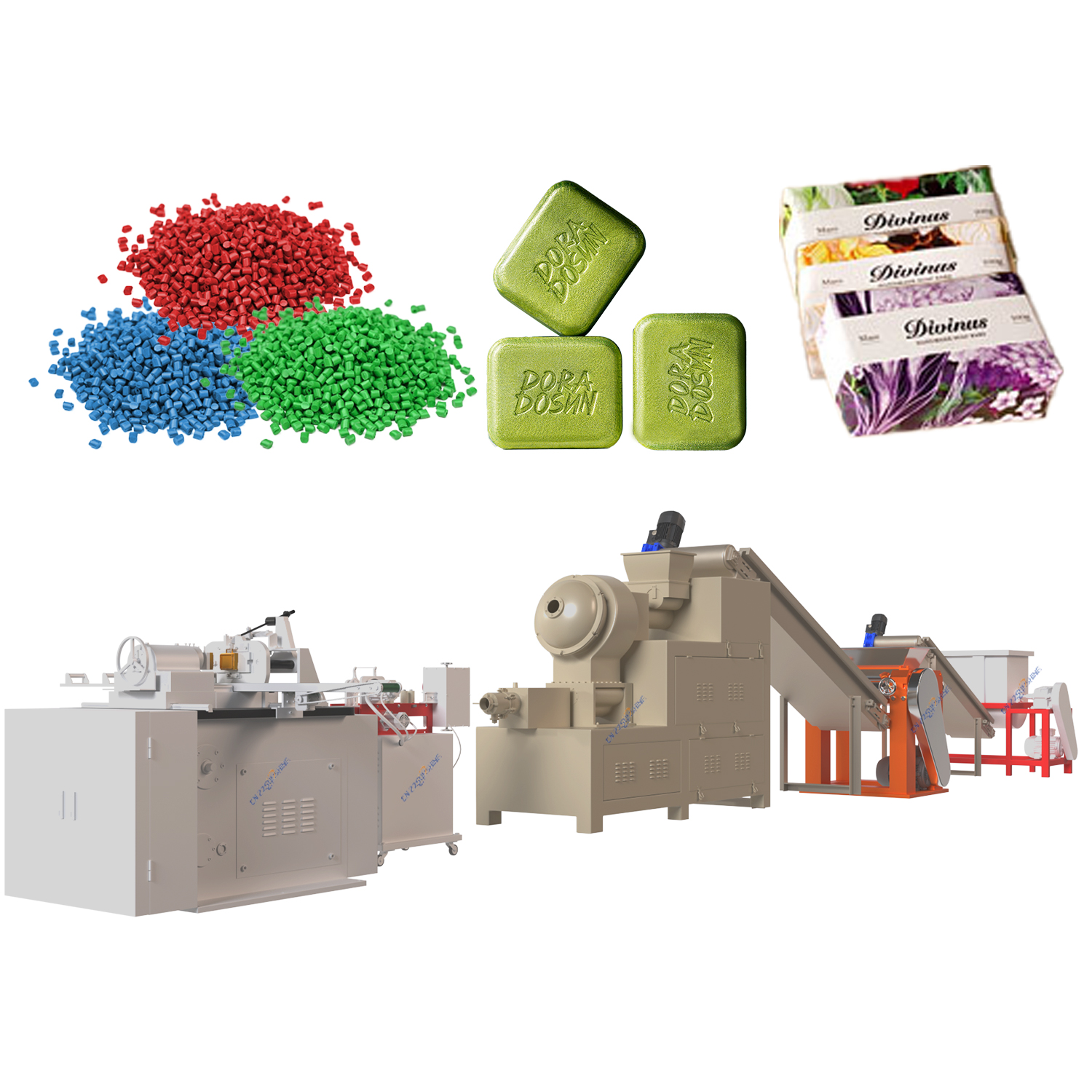In modern manufacturing, a well-designed soap making production line transforms raw materials into high-quality products with unmatched speed and reliability. This integrated system typically includes a soap mixer for uniform blending of fats, alkalis, and additives, ensuring consistent texture and performance. From there, a vacuum plodder extrudes the mixture under pressure, eliminating air bubbles for denser, longer-lasting bars—ideal for laundry bar soap production line applications where durability is key. Next, an automatic soap cutting machine slices the extruded logs into precise sizes, reducing waste and enhancing uniformity. For specialized needs, a custom soap cutting machine can handle intricate shapes, while an electric washing soap cutter adds safety and precision for high-volume operations.
Beyond core components, this line supports diverse soap types, such as a toilet soap finishing line that incorporates polishing and scenting stages for premium feel, or a beauty soap making line focused on gentle formulations with added moisturizers. The entire setup, often featuring a soap plodder machine for bar soap, minimizes manual labor and maximizes output—crucial for scaling up in competitive markets. Key advantages include reduced energy consumption, lower production costs, and improved hygiene standards, making it essential for both large factories and niche producers. By investing in an automated soap production line, manufacturers achieve faster turnaround times and higher profit margins, meeting global demand for efficient, sustainable solutions without compromising on quality or customization.




